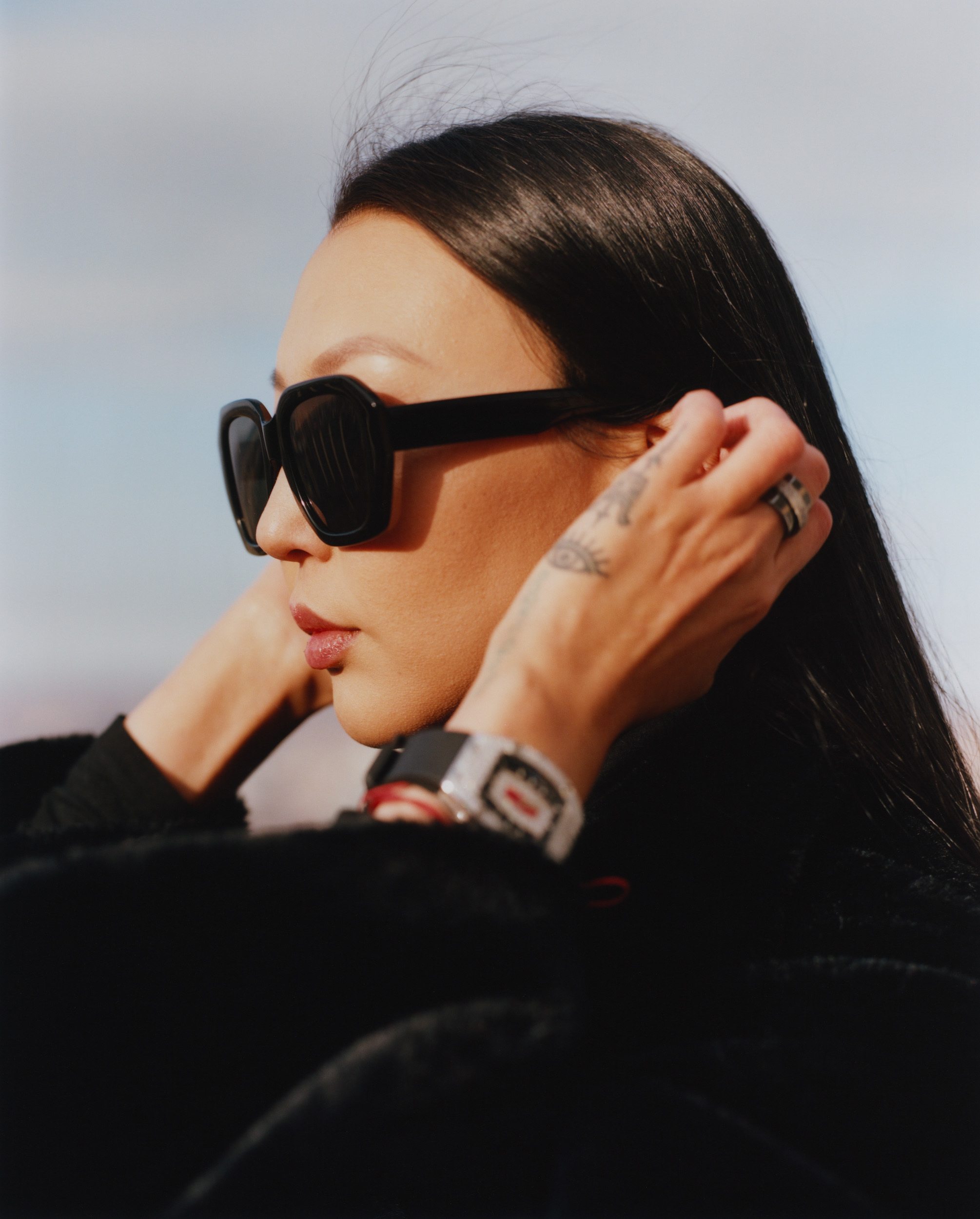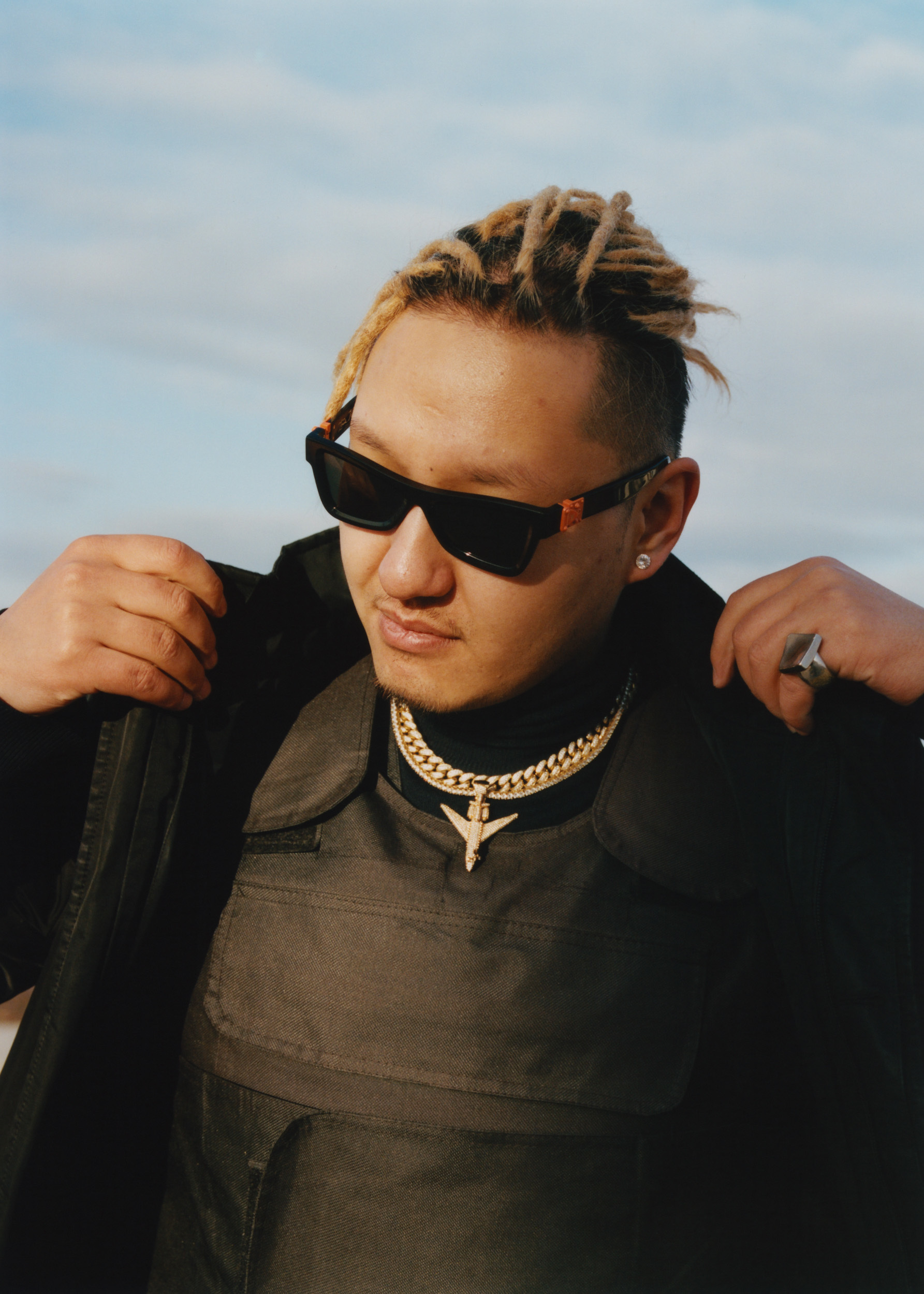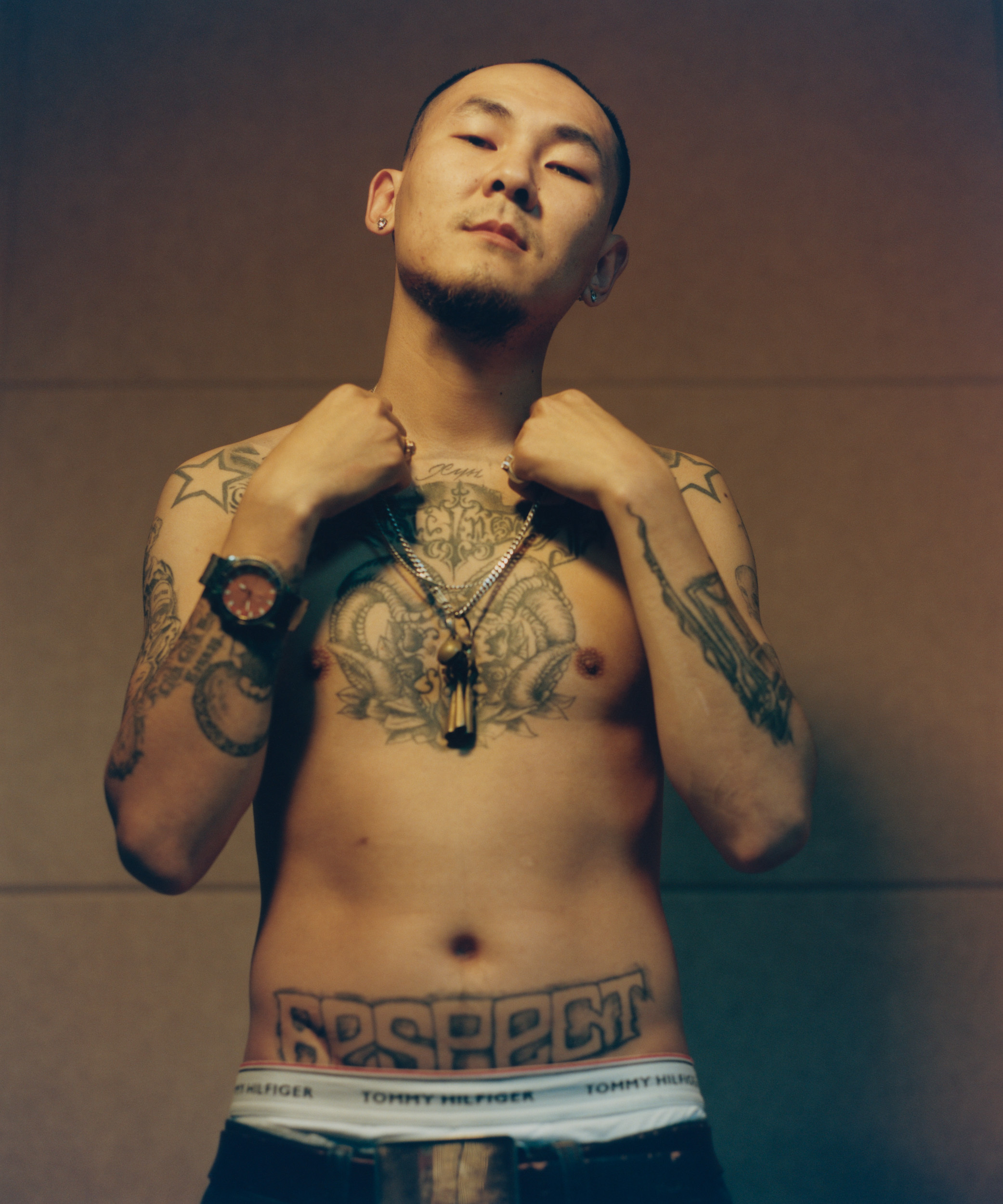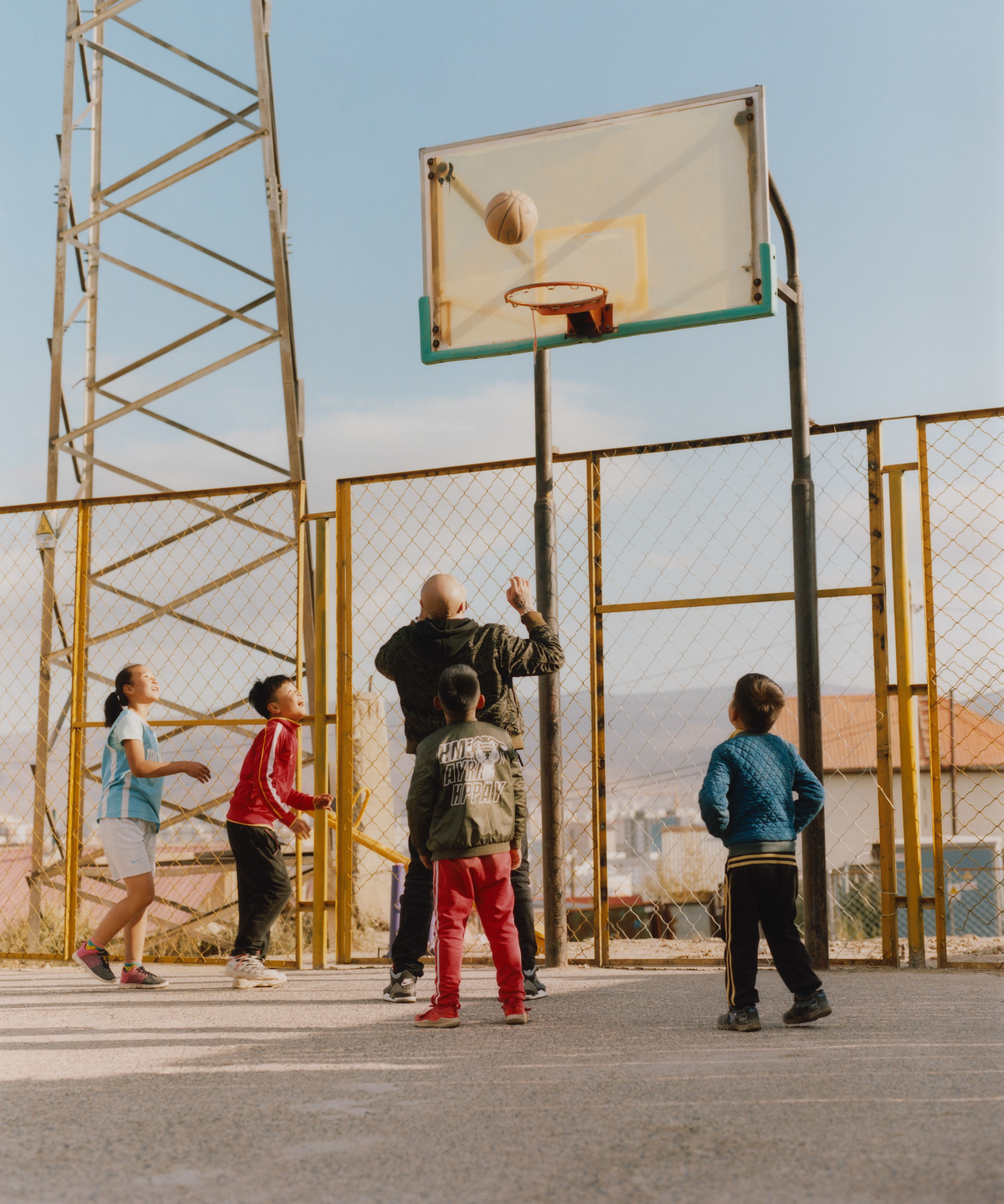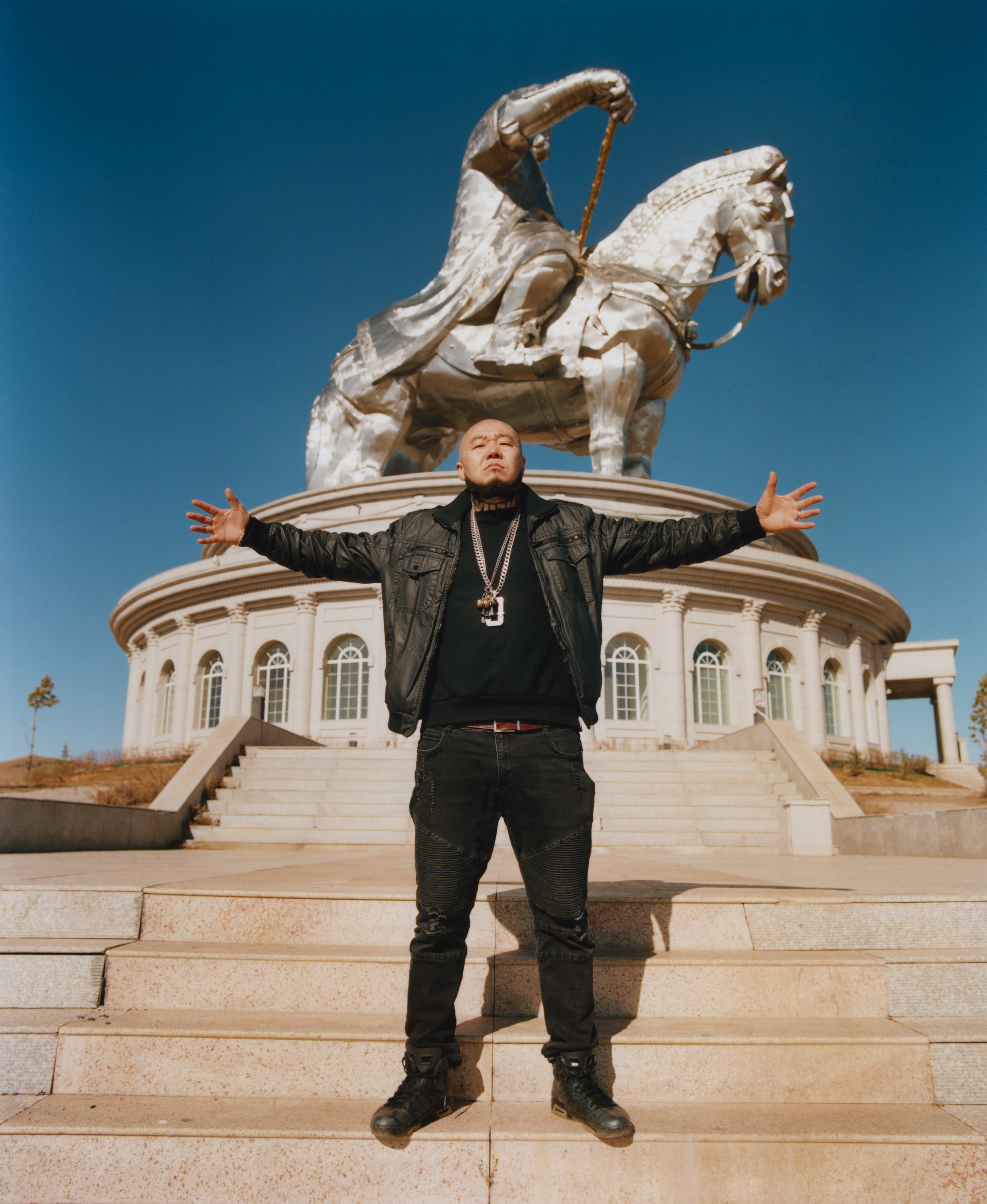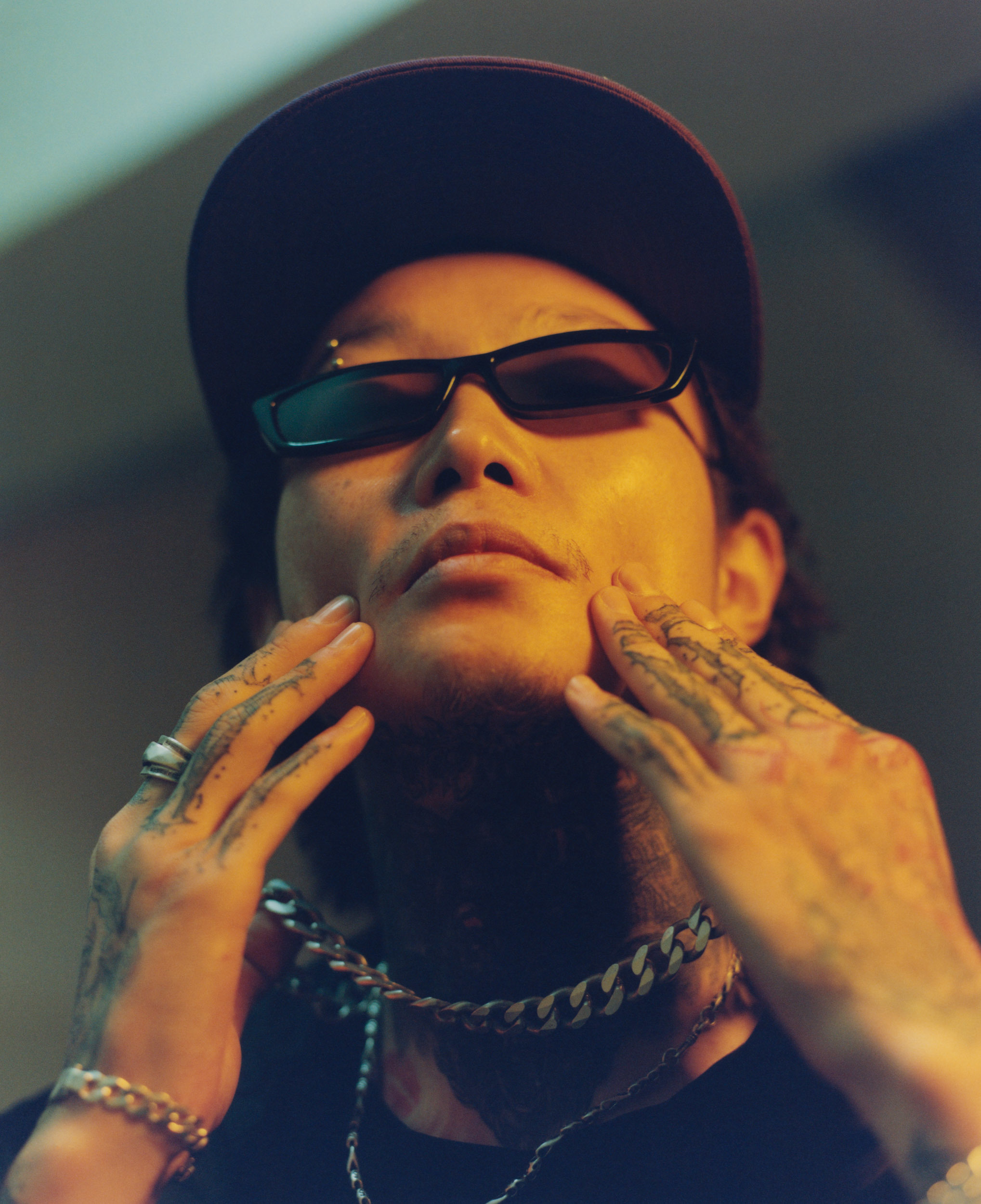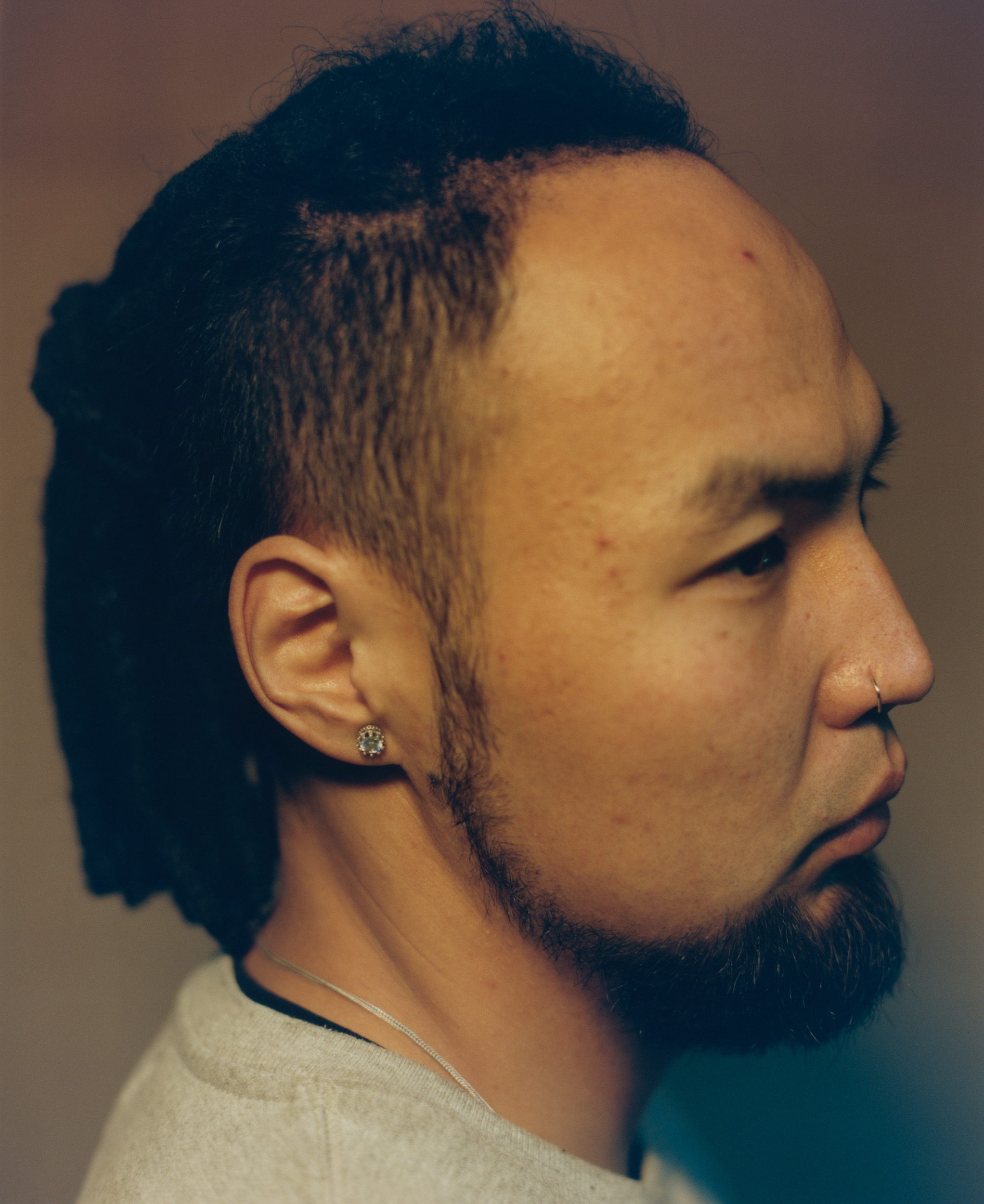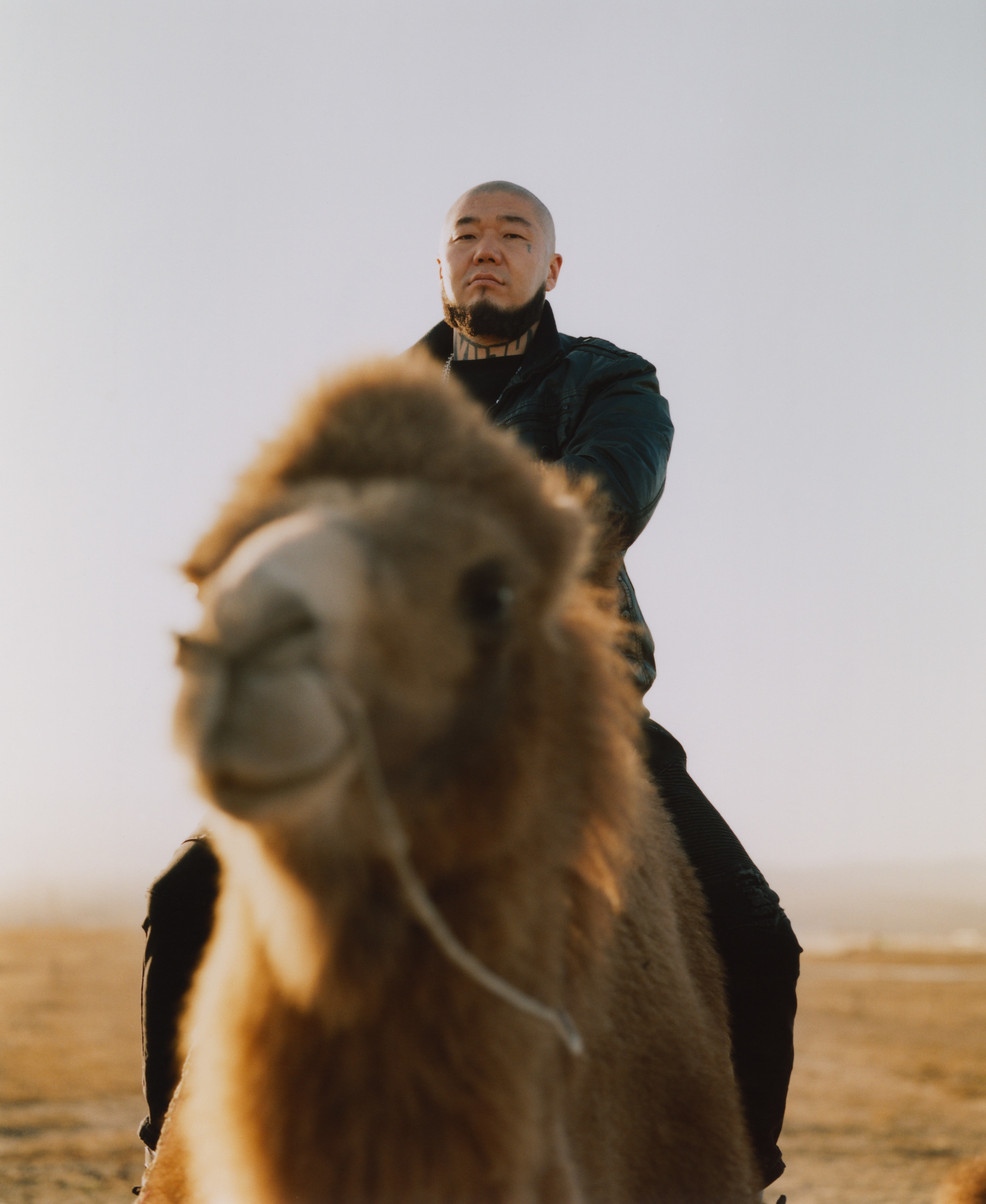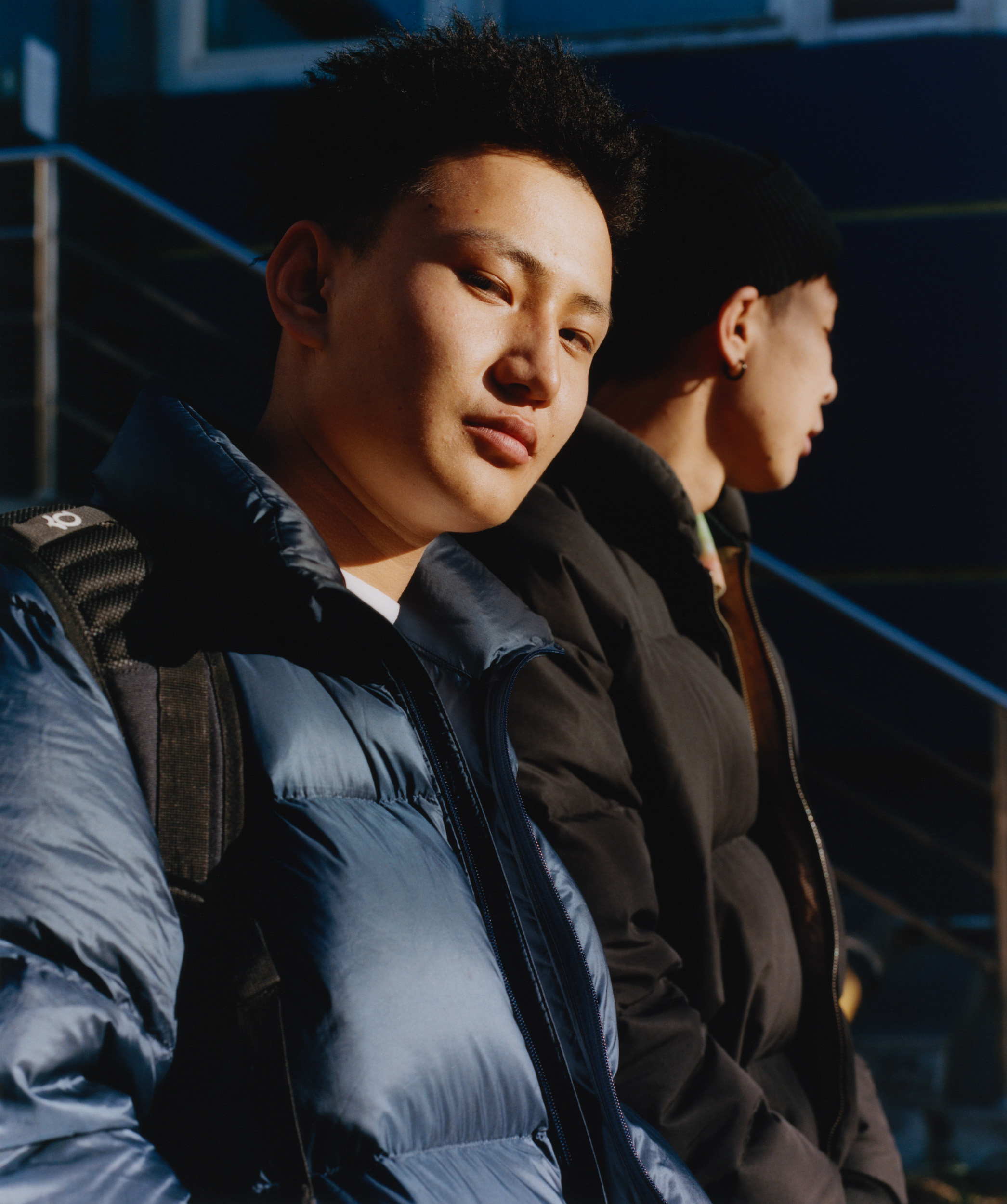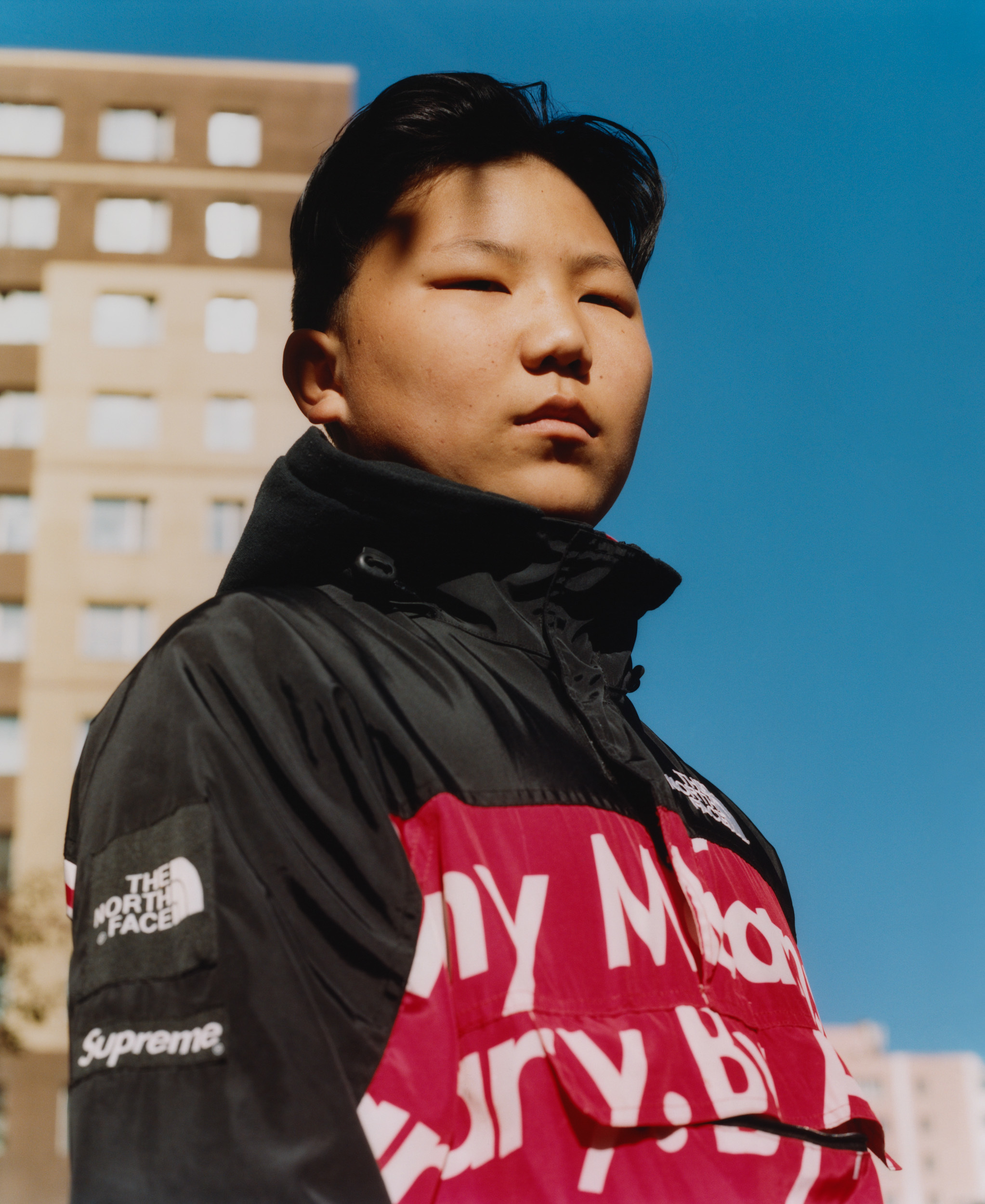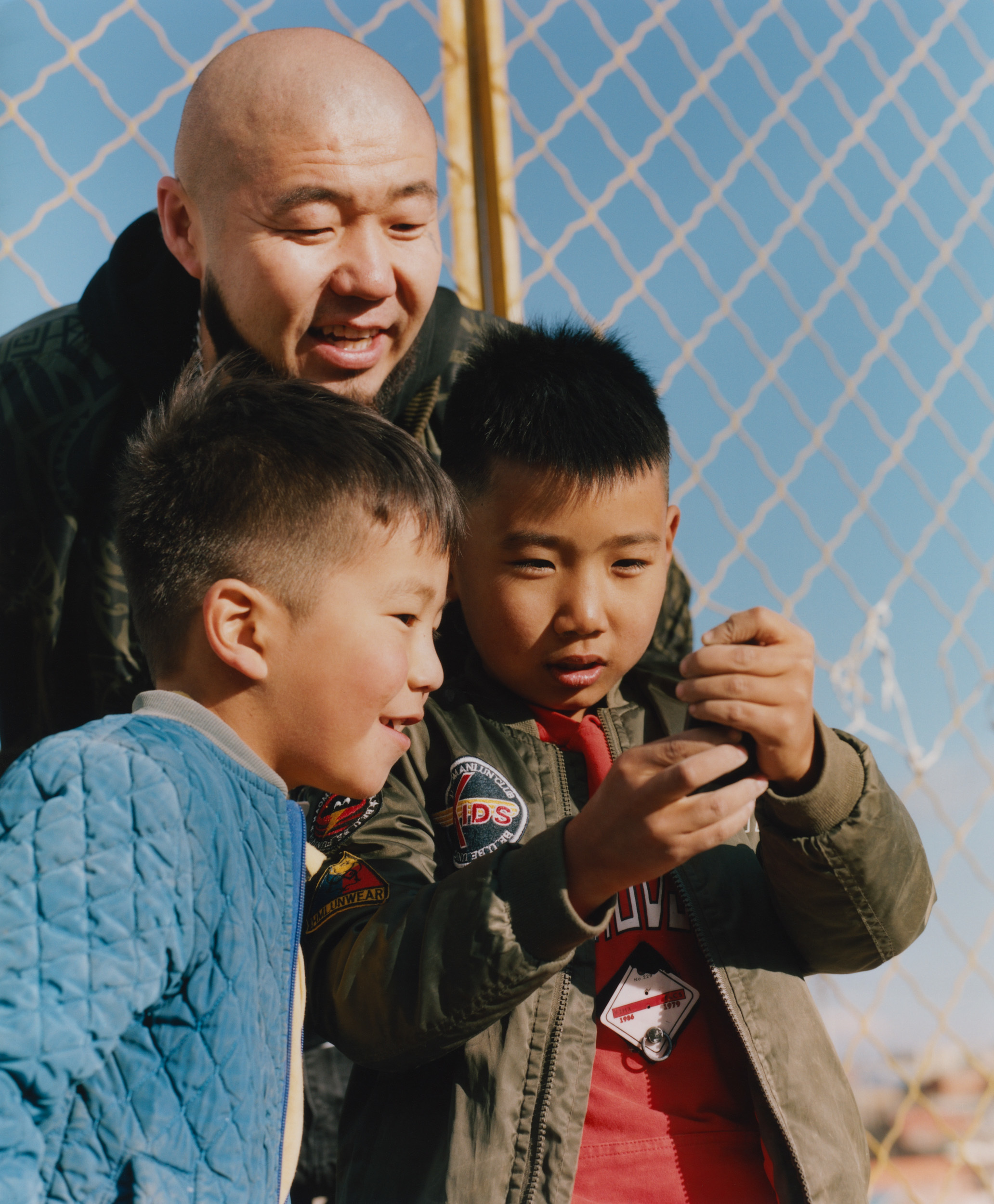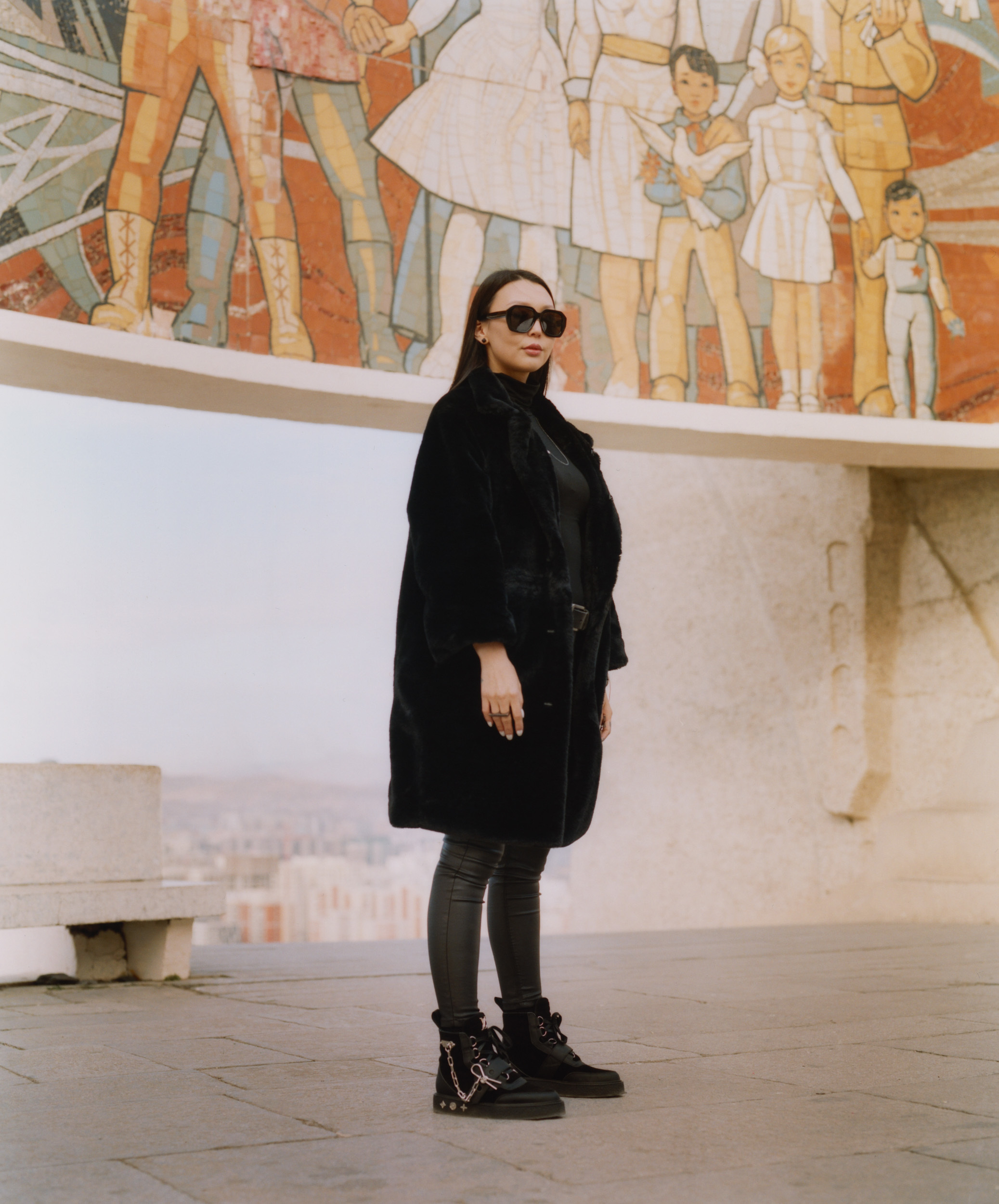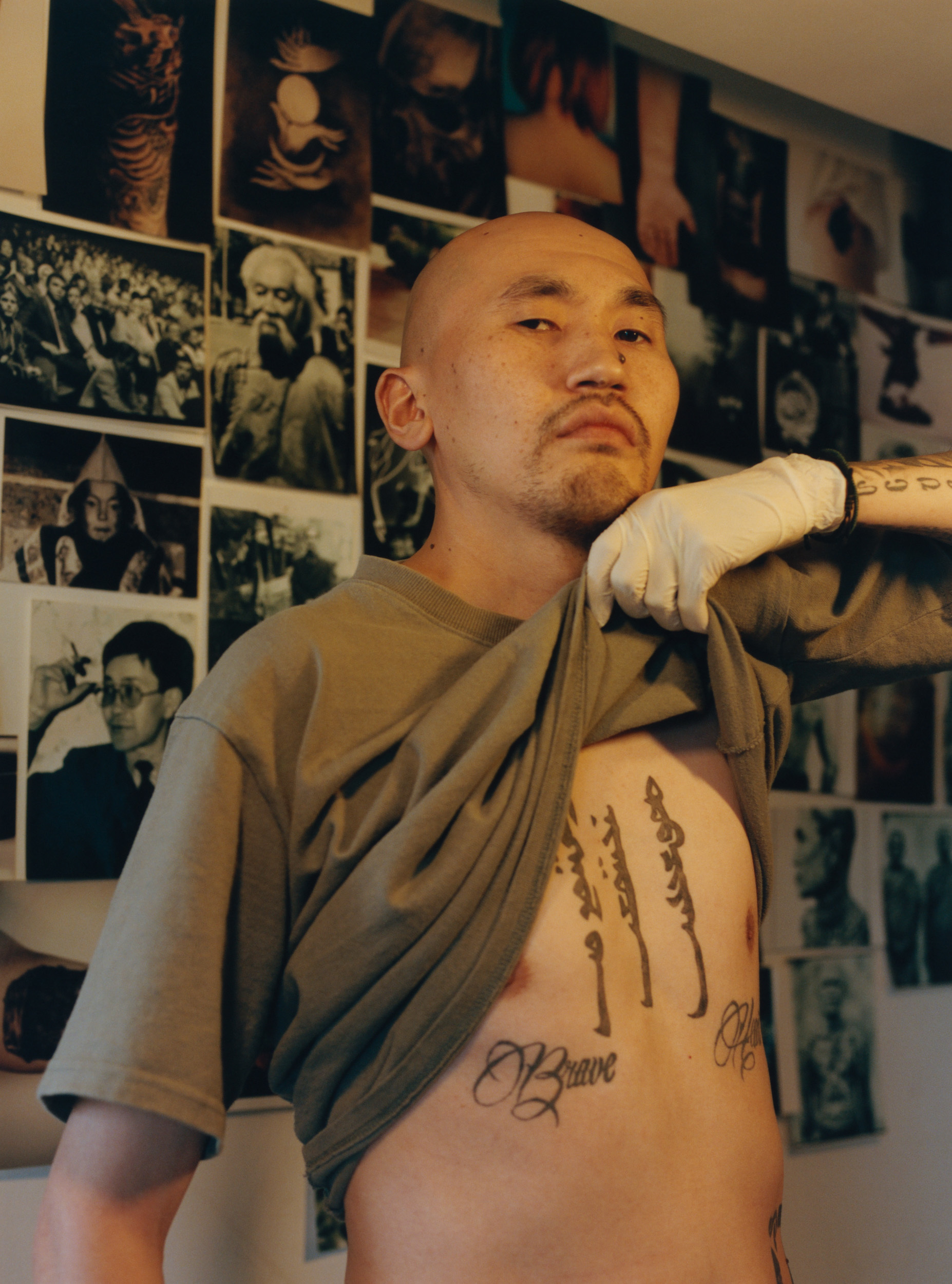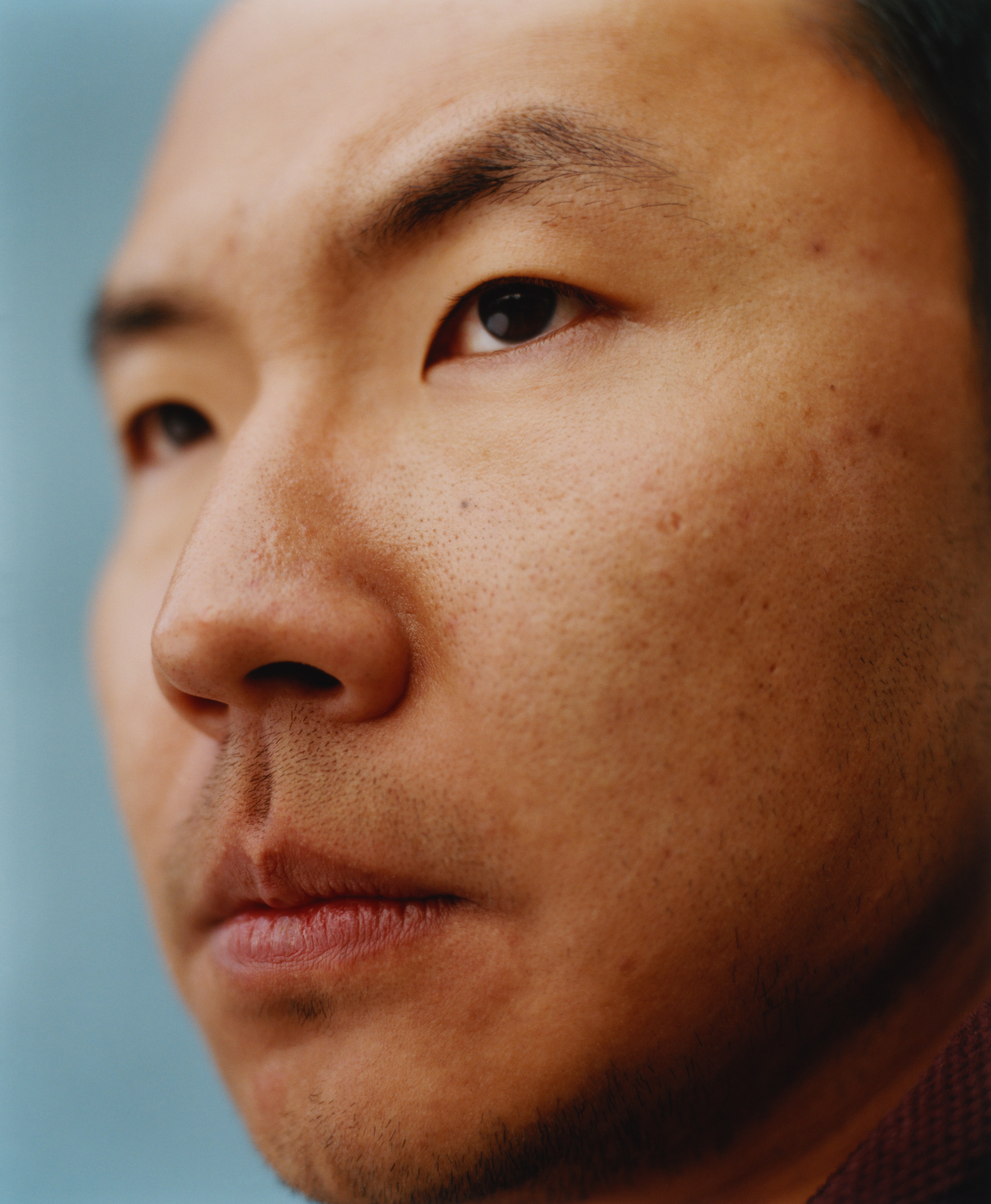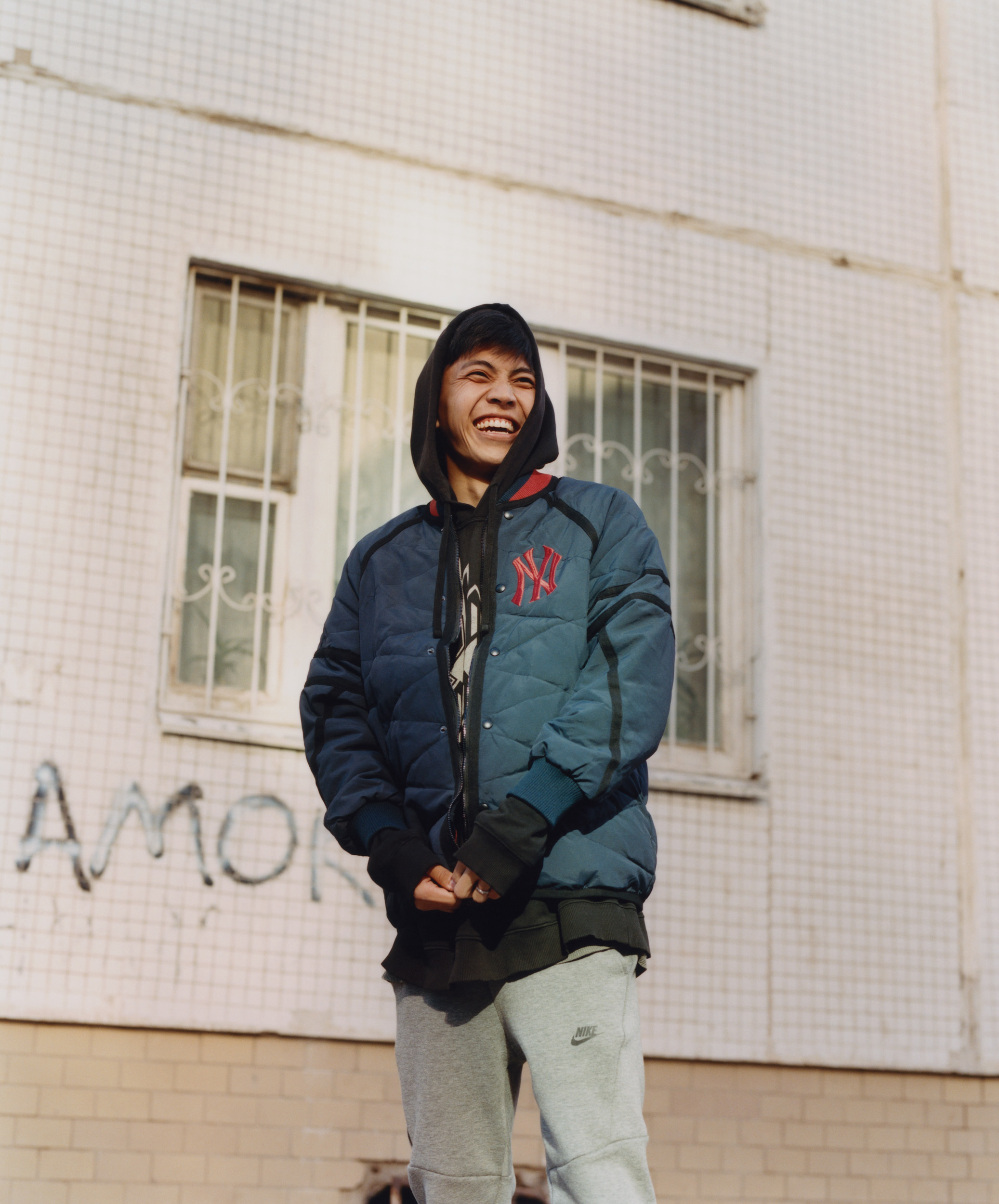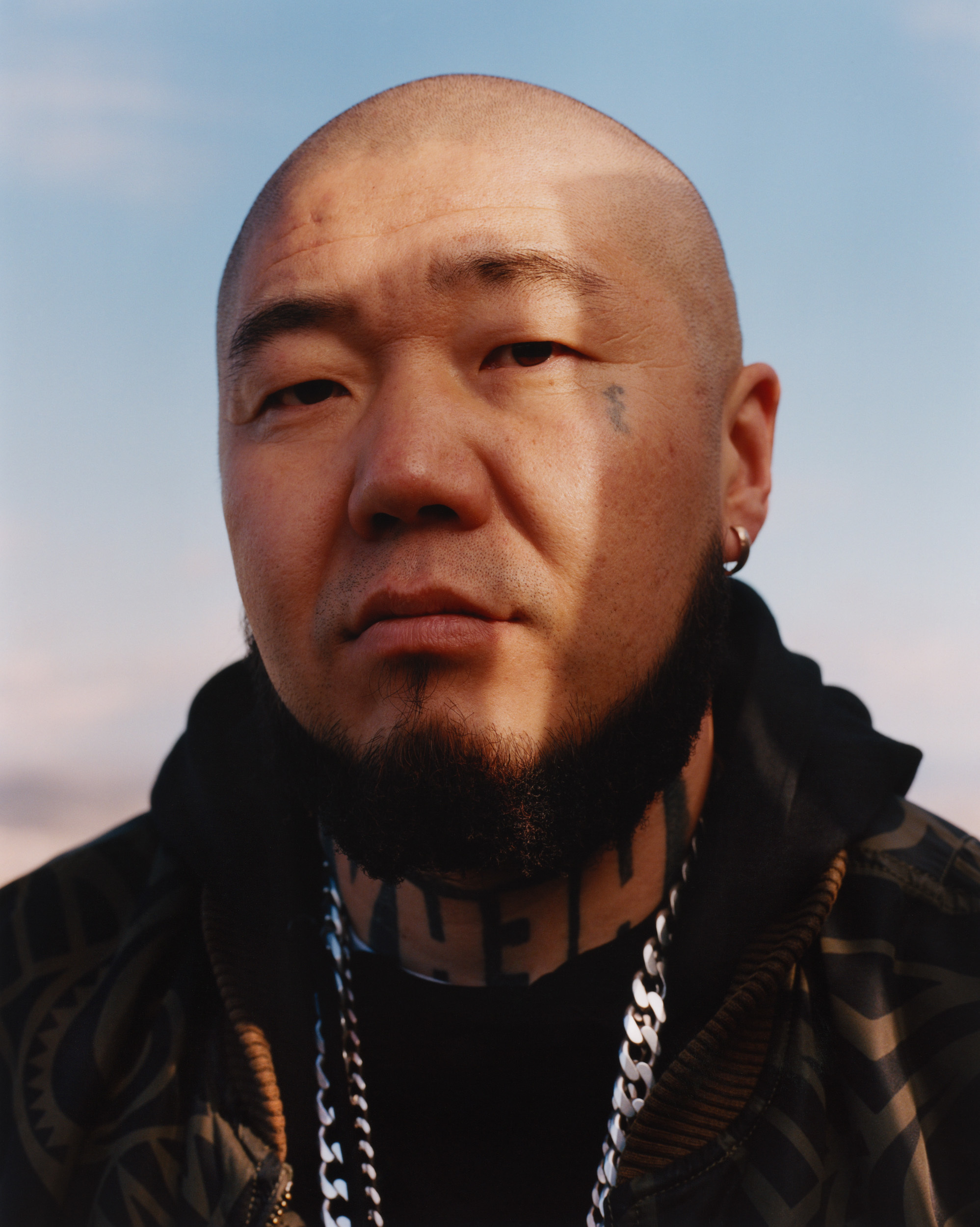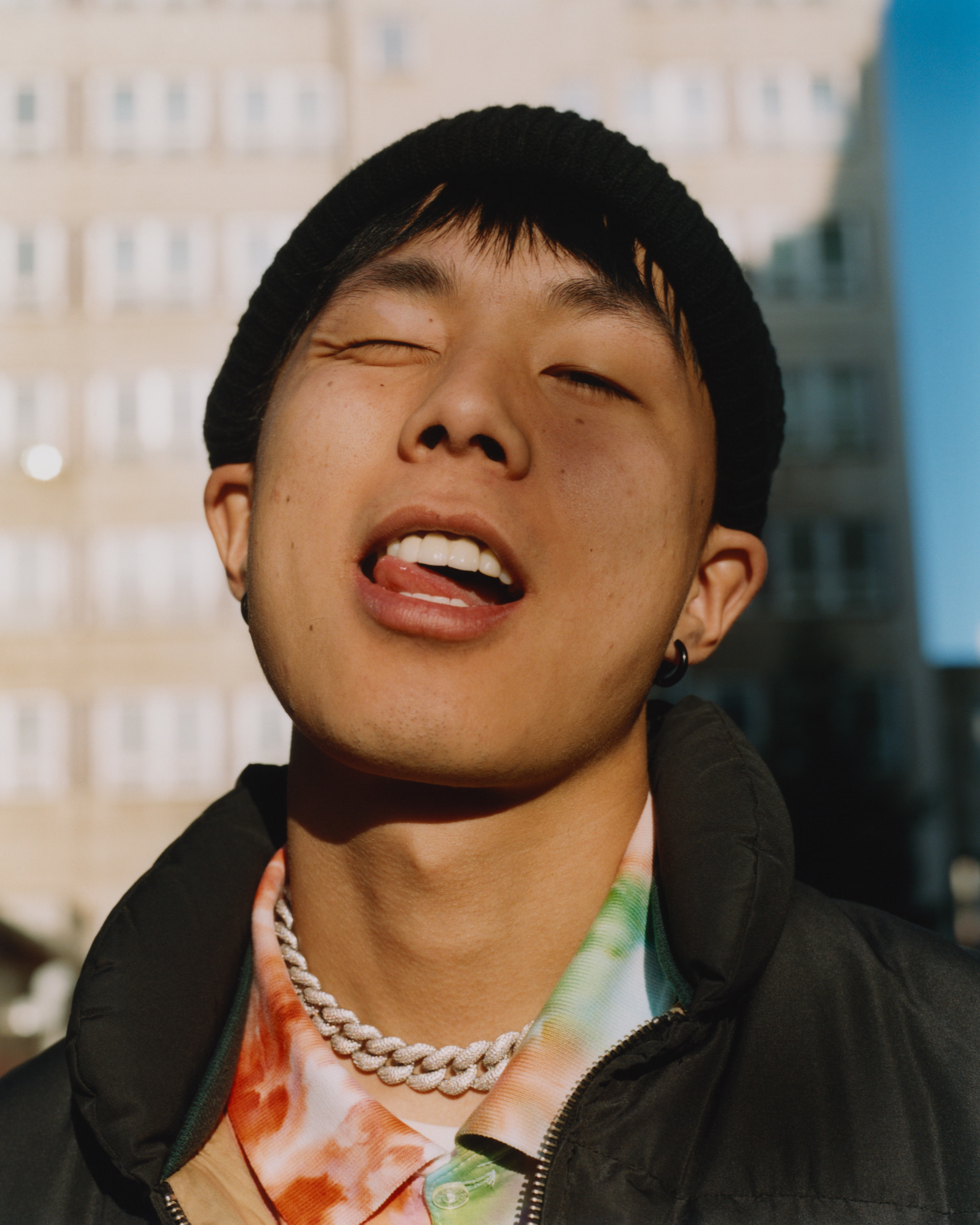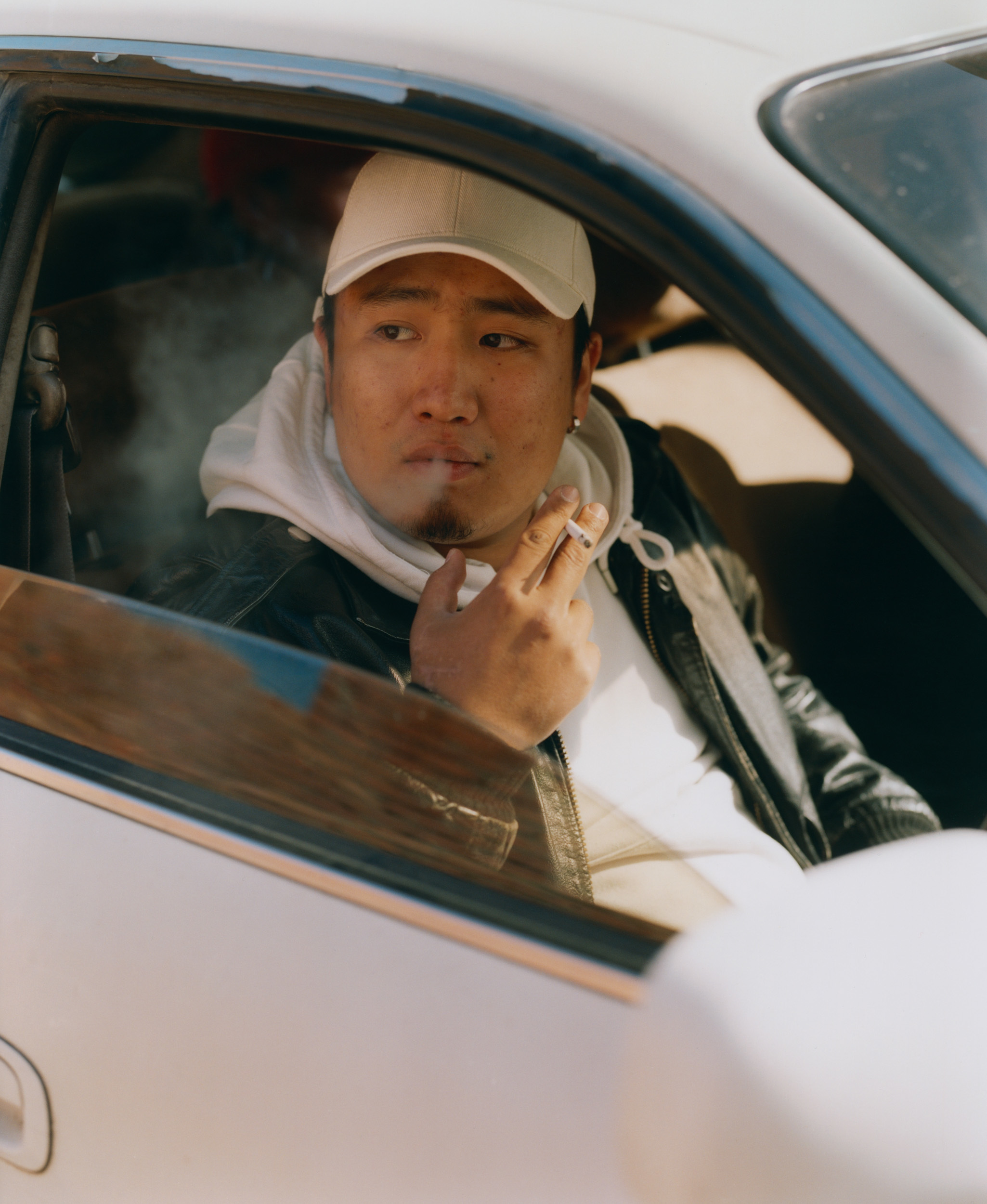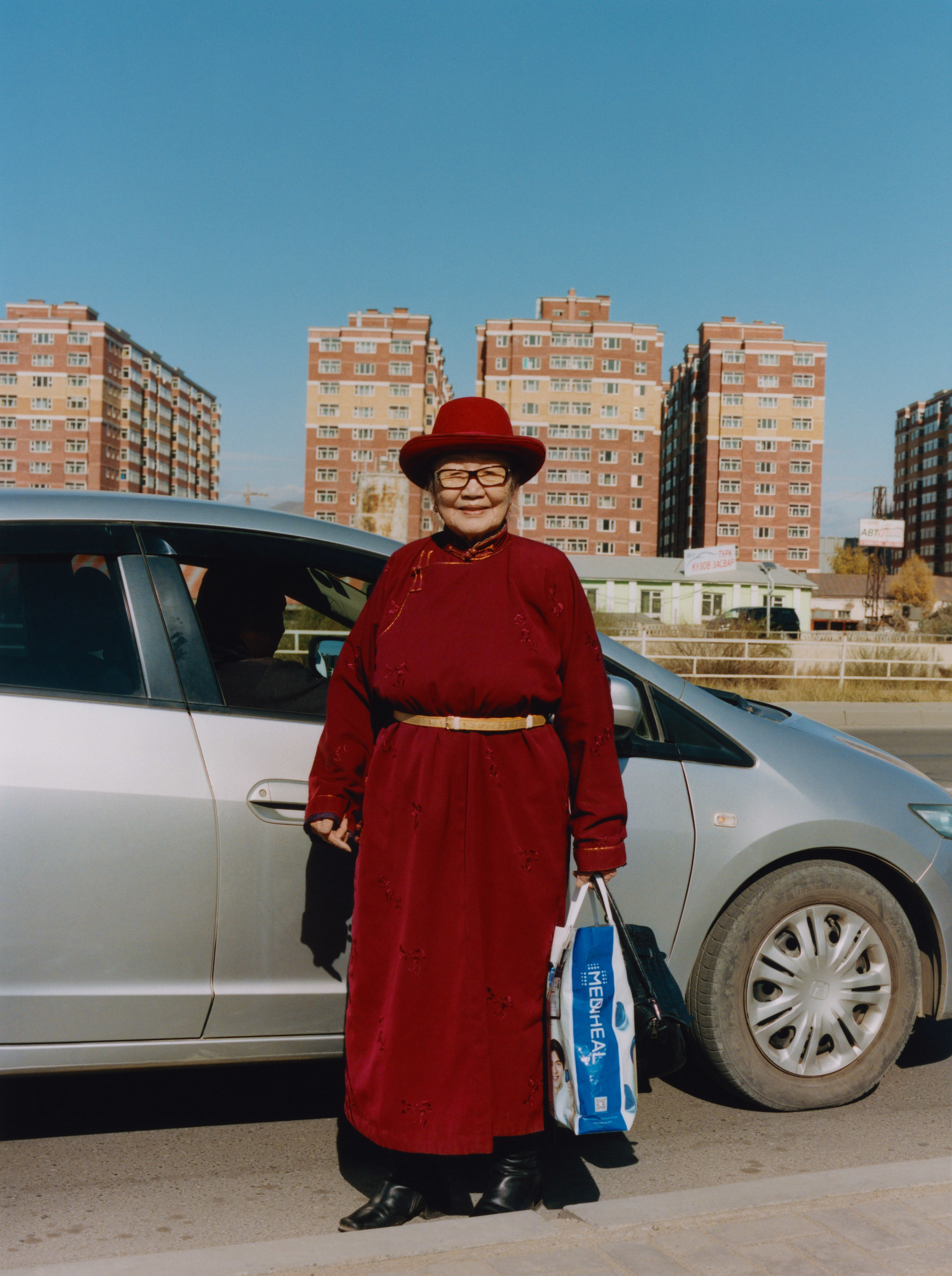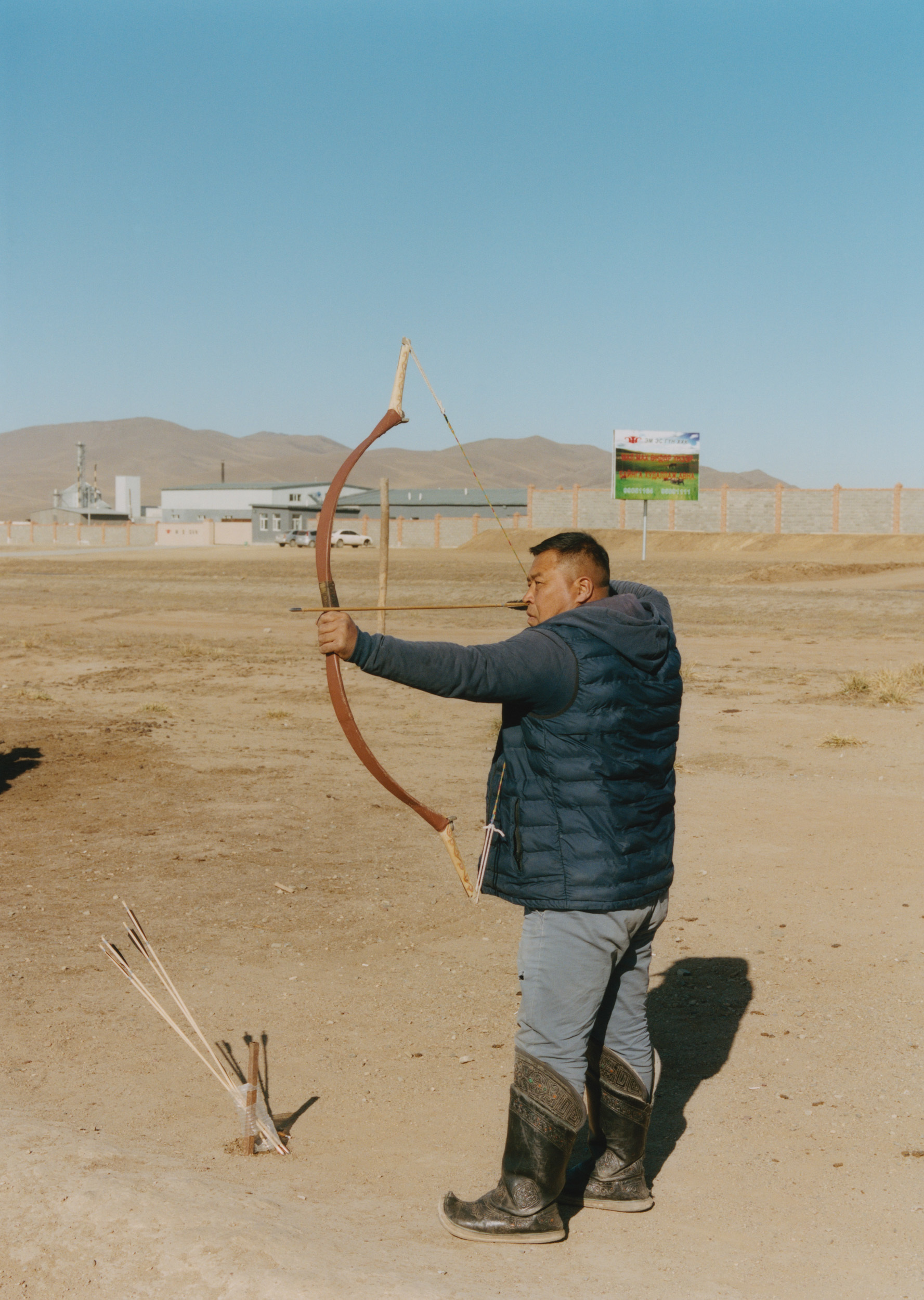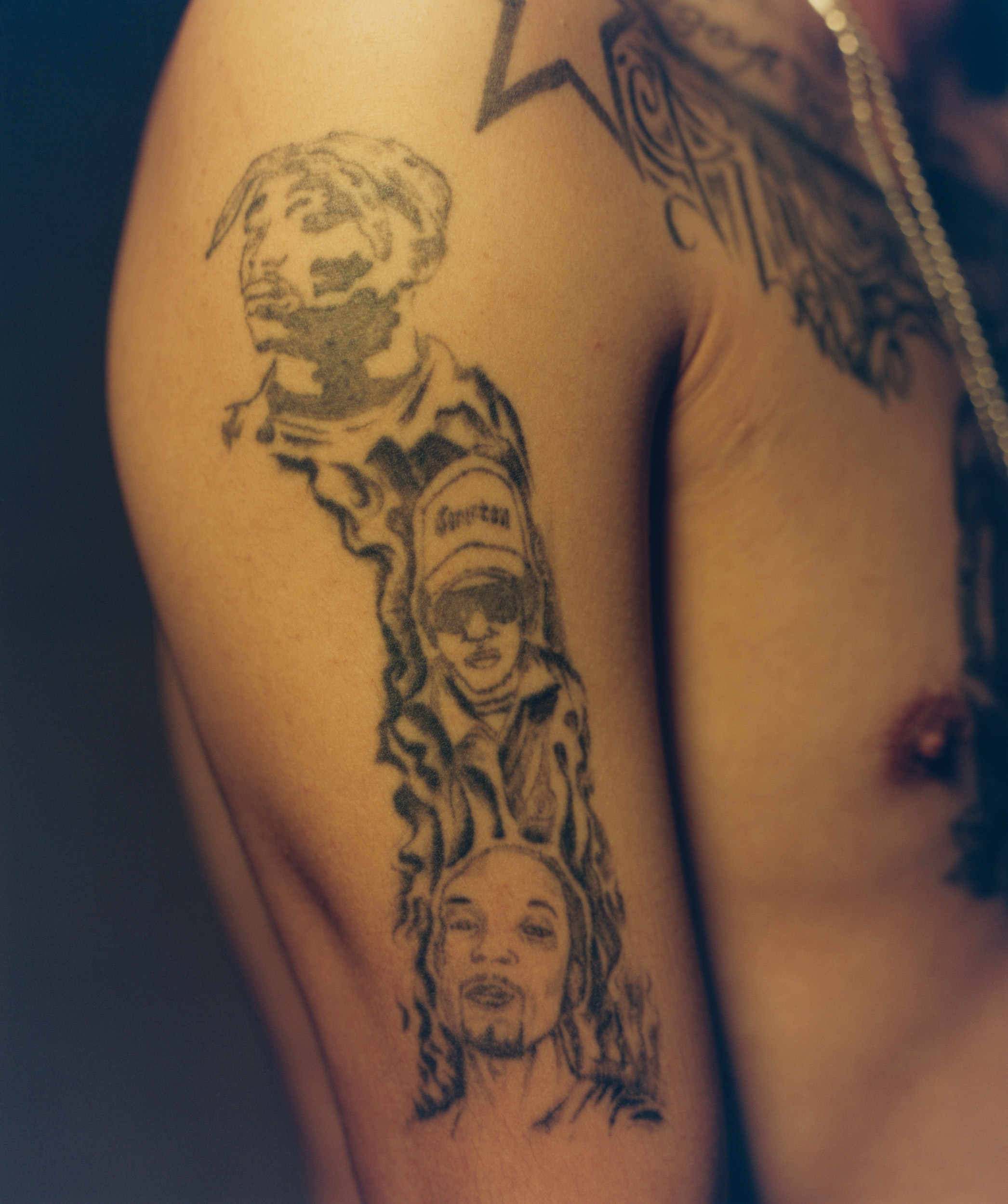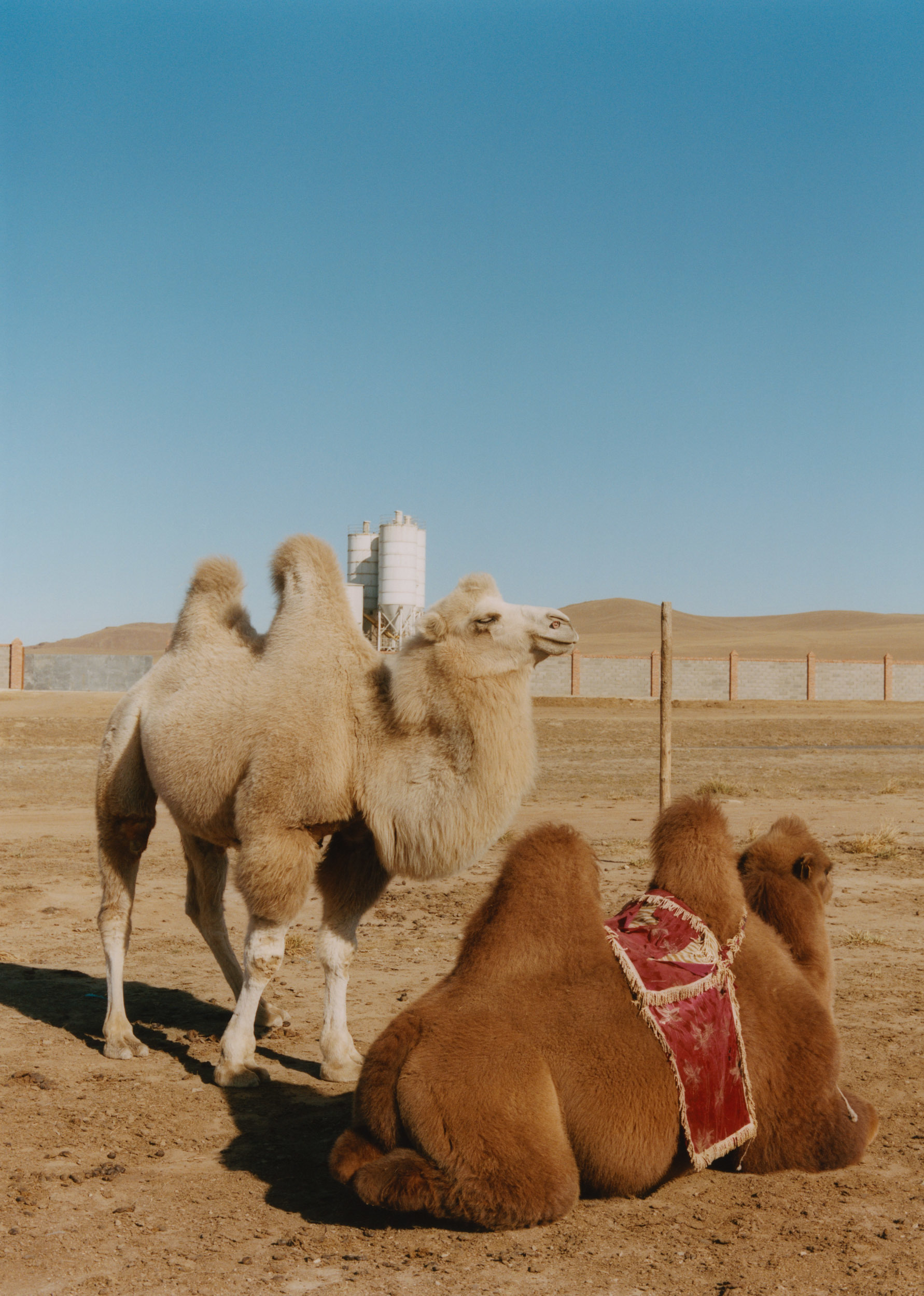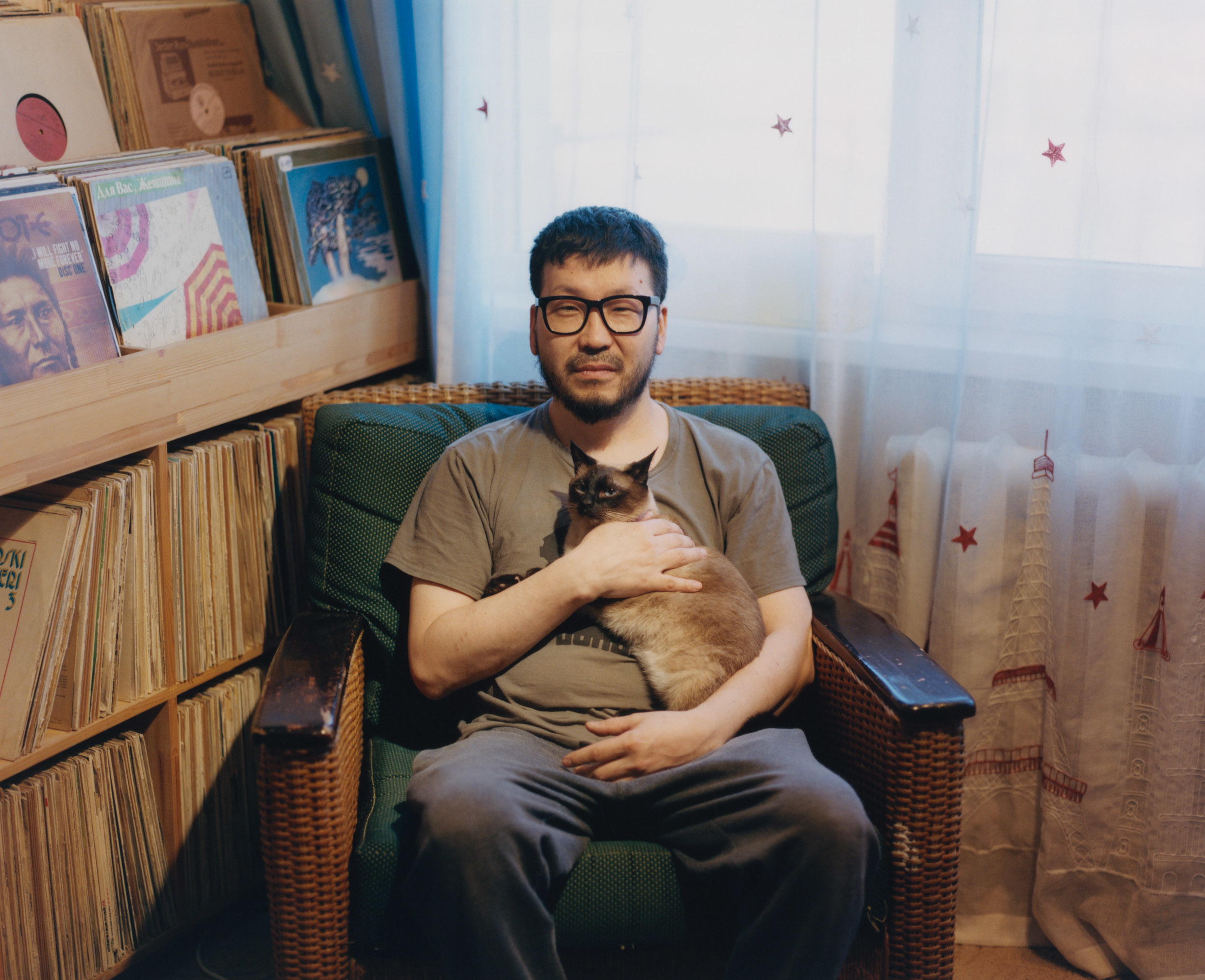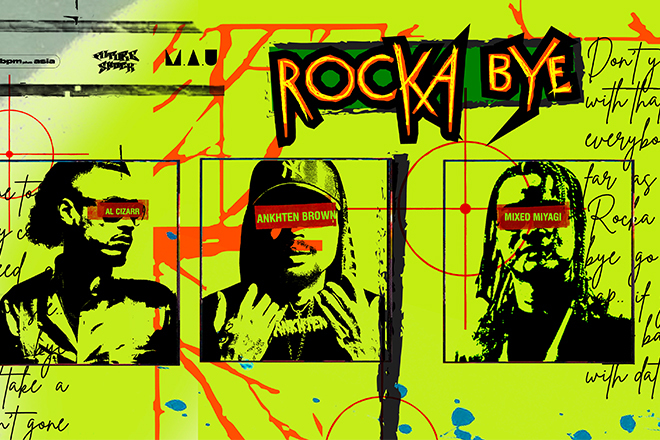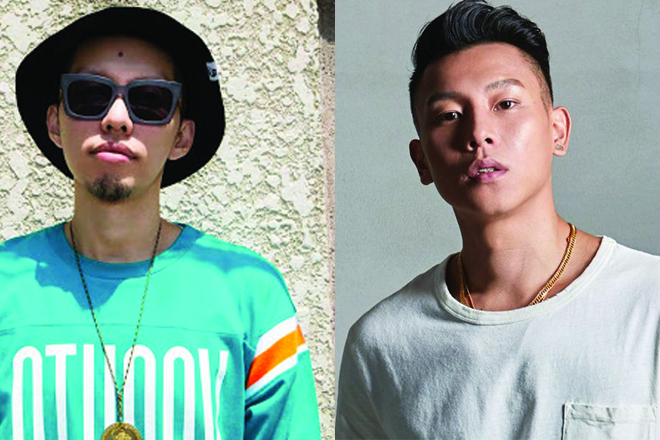Interview
Straight Outta Ulaanbaatar
Alex de Mora gets under the skin of the Mongolian Hip Hop scene
Alex de Mora never thought he’d end up a photographer. A punk musician throughout his teenage years, the London-based artist finally succumbed to the frustration of touring and failing to land a record deal, forcing him to reconsider his career. It was then that he started to express himself through photography, and turned it into a career. His ability to capture portraits of simplicity and elegance landed him numerous high-profile projects, such as work for Filling Pieces, the Netflix series Top Boy, and Nike’s Ramadan campaign to name a few.
Right before the COVID-19 pandemic struck, Alex embarked on a self-funded trip to Ulaanbaatar, Mongolia to explore a thriving, but little-known Hip Hop scene there. What he discovered was that Hip Hop had made its way to Mongolia 30 years ago after the 1990 Mongolian revolution and the dissolution of the Soviet Union. Newly influenced by Western culture at the time, many young Mongolians discovered the suddenly accessible global youth culture and united through its music - especially Hip Hop.
Through his lens, Alex introduces the raw, yet culturally sophisticated side of Mongolian Hip Hop by plotting an unhinged narrative with local pioneers like Big Gee, Boom T, and Maberrant, along with rising stars like AMG, Mop G, Ginjin and Mrs M, the star of LiFTED’s April cover.
Launched in London last Spring with an opening, short film, and a book, Straight Outta Ulaanbaatar visually unfolds the details of how Hip Hop has transcended traditional Mongolian culture, bringing to life the people, music, and the city of Ulaanbaatar.
LiFTED is excited to have Alex de Mora with us to further expound on his own story and his groundbreaking encounter with Mongolian Hip Hop.

When did you discover your love for photography and how did it grow into a profession?
I spent my time growing up playing in punk bands and wanting to pursue a life in music rather than photography. I moved to London with my bandmates, but once I realized that my music career might not work out, I started taking a camera out to all the gigs and parties that I was going to. I got hooked on taking pictures of people, and It grew into a profession quite organically.
Whose music has influenced you the most?
This is a really hard question as I love so much music. But maybe if Black Sabbath had a baby with Aphex Twin.

Which photographer has influenced you the most?
Another very tough question. I’m a big fan of Juergen Teller for his overall character as much as his photography.
In what way do you think music is represented or transmitted by your photos?
Pictures are ways of telling a story and conveying a message, so when I’m making portraits of musicians I always want something to come through that gives the viewer an idea of what their music might be like. When I was a young music fan reading magazines, I always loved finding out more about musicians through pictures and have always loved the visual side of music as much as the sounds.

Which camera would be your ultimate travel buddy? Do you also have a favorite film stock for doing portraits?
Something light! Maybe my Contax G2 just for travel. Kodak Portra 400 for portraits.
Why did you decide to make the trip to Mongolia? Which part of the country fascinated you the most?
I was interested in documenting music scenes around the world and discovered Mongolian Hip-Hop. I thought it was a really fascinating scene, both for the cultural and musical crossover as much as the social and political aspects.
We only had the opportunity to visit Ulaanbaatar and its surroundings, but as a lover of the great outdoors, I found the countryside incredibly beautiful. I’d love to go back and see more of the country.
Do you have a favorite image from Straight Outta Ulaanbaatar? Can you tell us the story behind it?
I love this shot of 3 laughing kids we met on a basketball court whilst filming with Big Gee. We played a few games with them and they took selfies with Big Gee. It’s just a moment of pure joy.

Which Mongolian Hip Hop stories did you find most remarkable?
All of the stories of the characters are remarkable in their own right, and they all had a different insight into their life in Ulaanbaatar, but the main character that we documented was Big Gee.
Big Gee grew up in one of the Ger Districts of Ulaanbaatar, which are huge sprawling areas that make up roughly 60-70 percent of the population of the city. They are made up of traditional yurts [ger means yurt] and don’t have running water, so they are tough places to live in, especially during the winter when it gets as low as minus 40° Celsius. Big Gee has become a celebrity by rapping about Mongolian life and struggles that many of the people living in Ulaanbaatar can relate to. All of the younger rappers know and respect him, and he is recognized everywhere he goes.

What do you think differentiates Mongolian Hip Hop from other places?
Mainly just the language and the subject matter, which can be very political. I think when Mongolian Hip Hop first came about, there were elements of traditional instruments in the sound, but contemporary Mongolian hip hop seems to have a more similar sound to Western Hip Hop.



